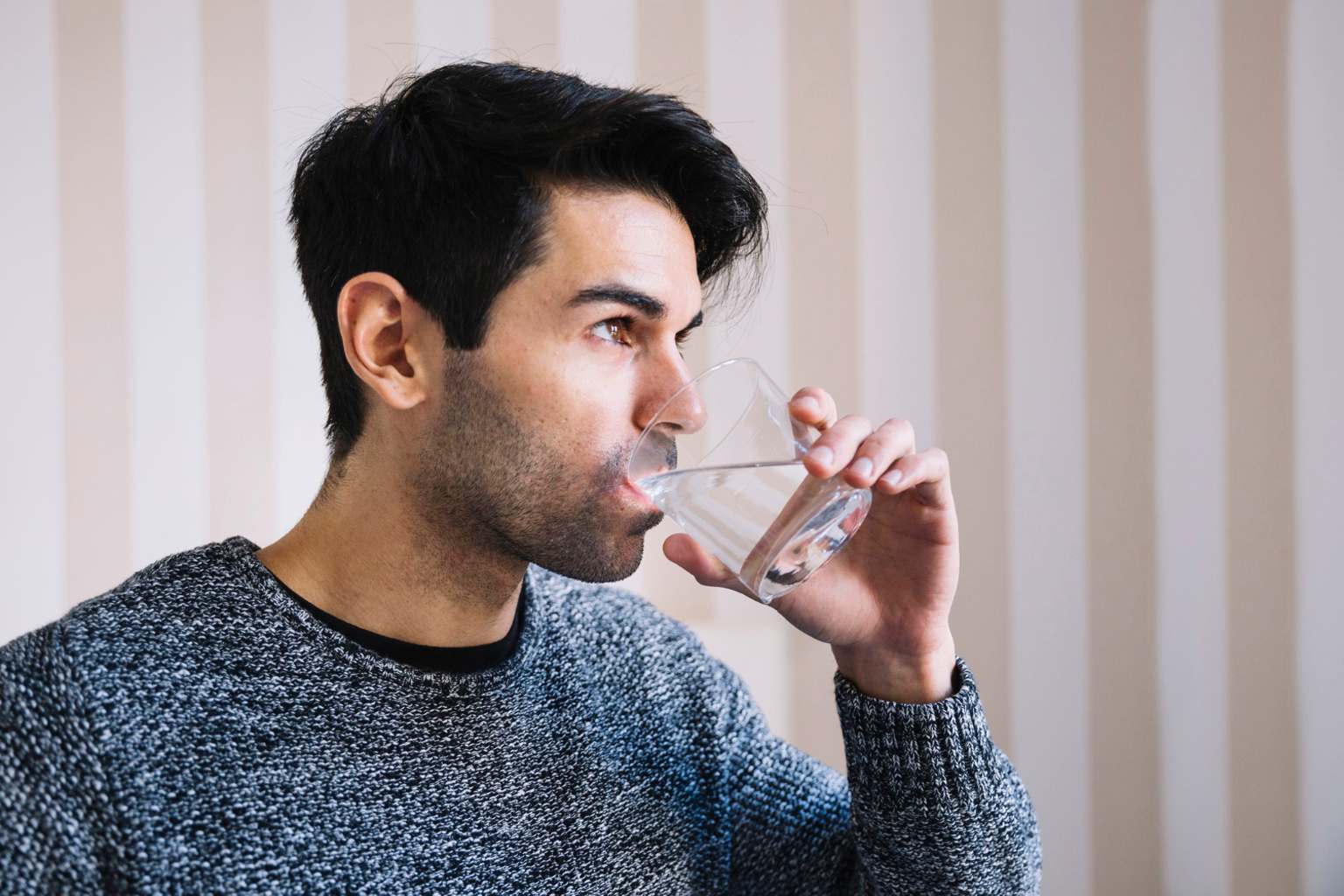It’s easy to overlook how essential water truly is, yet it’s the very essence of life. Have you ever wondered if the classic “eight glasses a day” guideline really holds up? With the rise of trendy water challenges and fancy bottles everywhere, hydration is back in the spotlight. But how much should you actually be drinking to feel your best, not just survive?
Water makes up over 60% of our bodies. Nearly three-quarters of your brain and heart are water, about 83% of your lungs, and over half your skin. Every heartbeat, thought, and step you take depends on having enough fluids to keep the engine running. It’s no wonder experts keep emphasizing its role in health and wellness.
How much water should you drink daily for optimal health
For decades, the rule of thumb was simple: eight 8-ounce glasses, or about half a gallon every day. If you’re hitting that, you’re in a good spot, but modern research suggests it’s a bit more nuanced. The amount of water your body needs depends on many factors like your age, gender, physical activity, and climate.
The National Academies of Science recommend men aim for around 125 ounces and women about 91 ounces each day. That’s close to 1 to 1.5 gallons daily for men and around three-quarters of a gallon for women. But here’s a neat fact: you don’t have to drink all that plain water. Many fruits and vegetables—like watermelon, cucumbers, strawberries, and oranges—contain lots of water that counts toward your hydration.
If you live somewhere hot, exercise regularly, or are pregnant or breastfeeding, you might need more. Your doctor can help tailor your hydration goals to your lifestyle.
Signs you might not be drinking enough water
Not sure if you’re drinking enough? Your body has a way of tipping you off if you’re running dry. One of the easiest indicators is the color of your urine. If you’re peeing a light, clear yellow, you’re likely well hydrated. Darker urine is a clear signal it’s time to drink up.
Other signs like headaches, fatigue, dizziness, constipation, or even trouble sleeping can also point to dehydration. I remember one hot summer day when I ignored these signals and pushed through a long hike without enough water. By the time I realized I was feeling dizzy and sluggish, it was a harsh lesson on how quickly dehydration can sneak up on you.
So next time you feel off or sluggish, try reaching for a glass of water first before anything else.
Tips for increasing your daily water intake without stress
If you find yourself struggling to drink more water, you’re definitely not alone. Hydration is easier said than done, especially if chugging gallons feels overwhelming.
A great way to start is by calculating half your body weight in ounces. For example, if you weigh 200 pounds, aim for 100 ounces daily to start. If that seems like a stretch, just add 8 to 10 ounces each week until you hit your target. Small steps help your body adjust without feeling bloated or overwhelmed.
Here are some simple tricks to make hydration more enjoyable and manageable:
– Make your water ice-cold or add slices of lemon, lime, or berries for a subtle flavor boost.
– Use smaller bottles and refill them throughout the day instead of trying to finish a large jug all at once.
– Set mini goals by splitting your day into smaller chunks—drink a glass every hour or so to keep a steady flow.
Hydration doesn’t have to be a chore. Think of it as a gentle daily gift you give your body to perform its best.
So, how much water have you had today? Do you stick to any particular routine to stay hydrated? Share your tips or struggles in the comments below—let’s keep this important conversation flowing!
